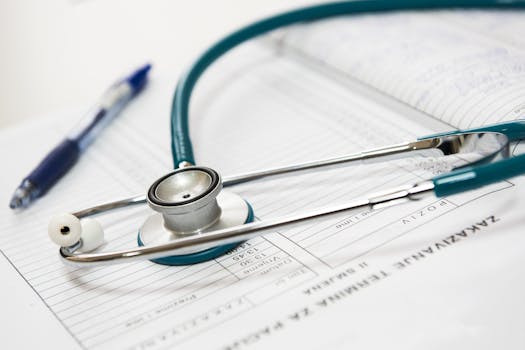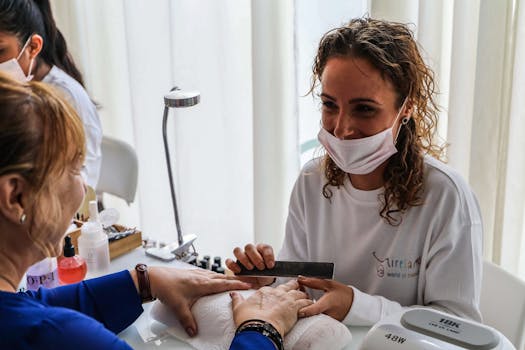Abdominal muscle repair is a surgical procedure often sought by individuals looking to correct weakened or separated abdominal muscles. This condition commonly occurs after significant weight fluctuations or pregnancy, leading to a noticeable gap known as diastasis recti. Understanding the particulars of this surgery and what it entails is crucial for anyone considering it as a solution to their abdominal concerns.
Understanding Abdominal Muscle Repair
Abdominal muscle repair is a surgical intervention aimed at restoring the normal positioning and function of the abdominal muscles. This procedure often involves tightening and strengthening the muscles, thereby improving their functionality and appearance. Candidates for this surgery are typically those who cannot resolve the separation and laxity through exercise and diet alone.
Who Can Benefit from Abdominal Muscle Repair?
Individuals experiencing muscle separation after significant weight loss or pregnancy might find relief through abdominal muscle repair. This separation can result in a protruding belly, lower back pain, and weakened core strength. Those who have undergone a tummy tuck might also experience symptoms of muscle separation after the procedure, necessitating further intervention.
Procedure Details: What to Expect
The surgical process begins with an incision, typically along the lower abdomen. The surgeon will then sew the separated muscles together, effectively repairing the gap. This process can sometimes be part of a diastasis recti tummy tuck, combining both cosmetic and functional benefits. Recovery times may vary, but most patients can expect to resume normal activities within a few weeks post-surgery.
Risks and Considerations
Like any surgical procedure, abdominal muscle repair carries risks such as infection, scarring, and anesthesia complications. It is essential to discuss these potential risks with your surgeon to make an informed decision. Additionally, it’s crucial to have realistic expectations about the surgery’s outcomes and to follow post-operative care instructions closely.
Lifestyle Changes Post-Surgery
Post-surgery, lifestyle adjustments can help maintain the benefits of the procedure. Initiating a consistent exercise routine that strengthens the core without putting undue stress on the abdominal muscles is vital. A balanced diet aids in maintaining a healthy weight, preventing additional strain on the repaired muscles.
For those interested in cosmetic procedures, exploring additional options such as a fat transfer breast augmentation can complement the results of muscle repair surgery.
The Role of Physical Therapy
Engaging in physical therapy can significantly enhance the recovery process. A physical therapist can guide you through personalized exercises to strengthen the abdominal region progressively. This approach not only aids in physical recovery but also ensures long-term benefits of the surgery.
Cost and Insurance Considerations
The cost of abdominal muscle repair varies based on factors such as the procedure’s complexity and geographical location. While some insurance plans may cover the surgery if deemed medically necessary, it’s important to verify coverage details with your provider beforehand.
For more in-depth information about health-related topics, you can visit Wikipedia’s health section.
Abdominal muscle repair offers both aesthetic and functional advantages, making it a valuable option for individuals struggling with abdominal muscle separation. By understanding what the procedure entails, potential risks, and lifestyle adjustments, individuals can make informed decisions about their health and wellness journey.
- Abdominal muscle repair addresses separated muscles after weight loss or pregnancy.
- This procedure may be part of a diastasis recti tummy tuck.
- Post-surgery, maintaining a healthy lifestyle is crucial for long-term results.
- Consultation with a healthcare provider is essential for personalized advice.
- Engaging in physical therapy can aid recovery and improve outcomes.
What are the symptoms of muscle separation after a tummy tuck?
Symptoms may include a bulging belly, lower back pain, and a decrease in core strength.
Can abdominal muscle repair be part of a tummy tuck?
Yes, it can be combined with a diastasis recti tummy tuck for both cosmetic and functional benefits.
How long is the recovery period for muscle repair surgery?
Most patients can return to normal activities within a few weeks, although full recovery might take longer.
Is abdominal muscle repair covered by insurance?
Coverage varies; it depends on the procedure’s medical necessity and the specifics of your insurance plan.
What lifestyle changes are needed after surgery?
A balanced diet, regular exercise focusing on core strength, and possibly engaging in physical therapy are recommended.






